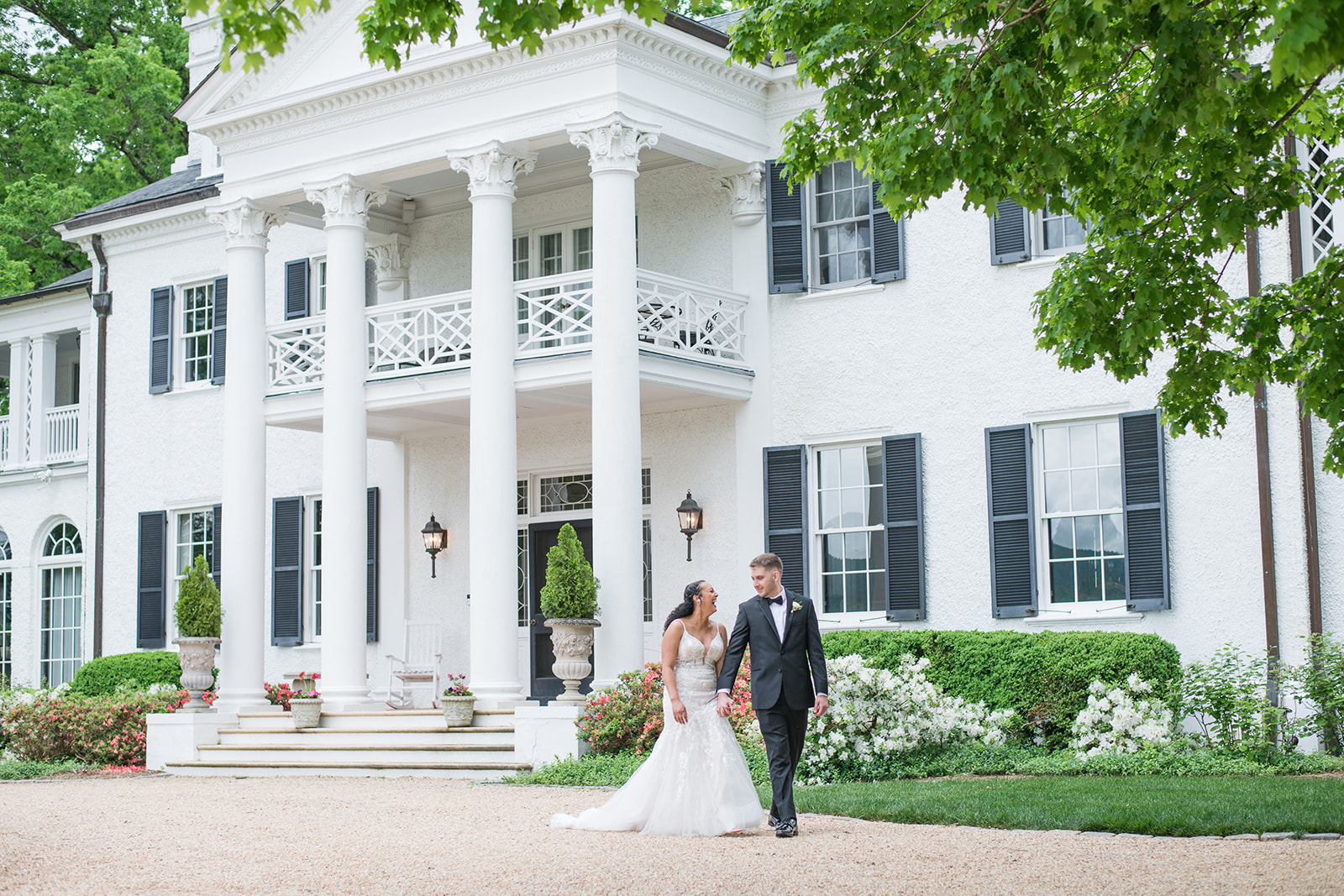
Creating a wedding timeline without a first look requires careful planning and attention to detail. If you found my first post for planning a wedding timeline without a first look helpful, here’s my step-by-step guide breaking each part of your day down to make planning easy for you. Let’s break it down step by step:
Getting Ready and Pre-Ceremony Activities
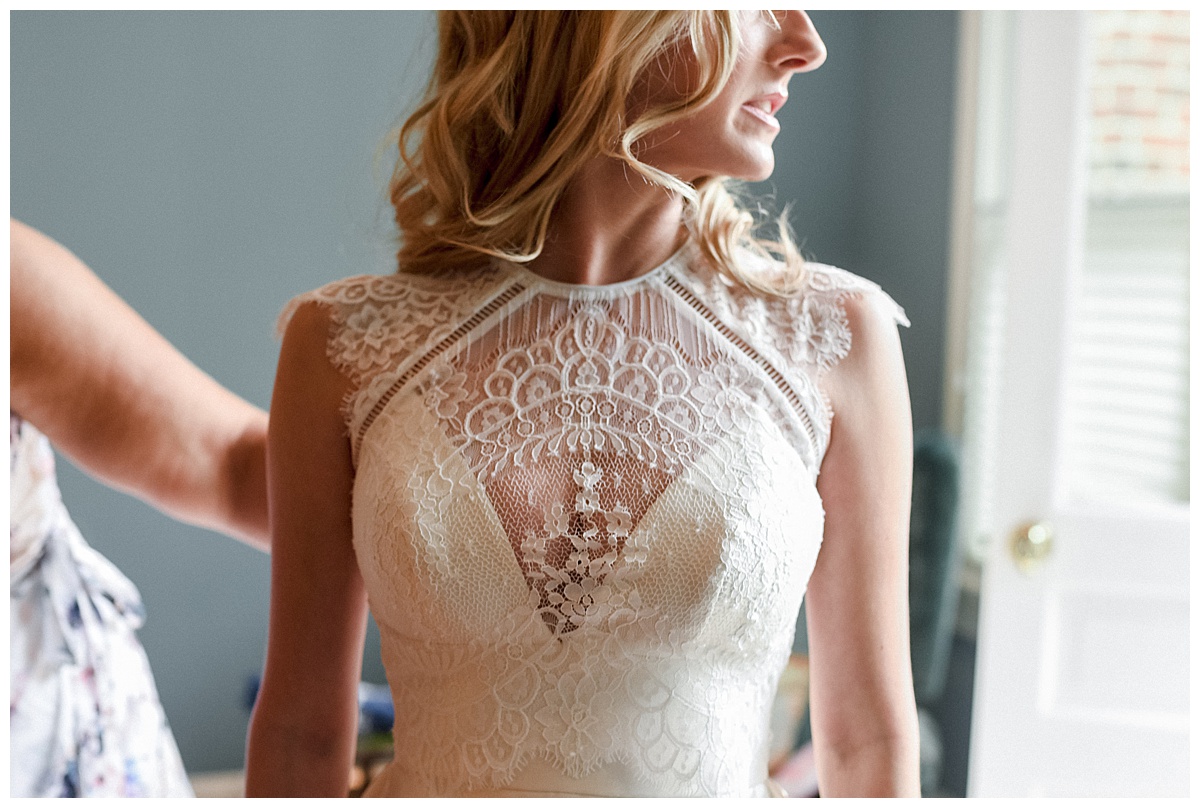
1. Start time: Determine the time you and your bridal party will start getting ready. Consider factors such as hair and makeup schedules, the number of people getting ready, and any additional activities you may want to include, like breakfast or a champagne toast.
2. Photography and videography: Coordinate with your photographers and videographers to ensure they arrive at the appropriate time to capture the getting ready moments. Discuss the desired shots and any specific requests you may have.
3. Bride and groom separation: If you’re keeping the tradition of not seeing each other before the ceremony, ensure that you and your partner have separate spaces to get ready. This will help maintain the element of surprise and anticipation.
4. Timeline communication: Share the timeline with your bridal party, ensuring they are aware of the schedule and any specific requirements. This will help everyone stay organized and ensure a smooth getting ready process.
5. Pre-ceremony photos: Allocate enough time for pre-ceremony photos, including shots of the bride with her bridesmaids and the groom with his groomsmen. Capture the excitement and anticipation of the day through these beautiful moments.
6. Transportation: If needed, arrange transportation for the bridal party and any immediate family members to the ceremony venue. Consider factors such as travel time and traffic conditions.
Ceremony and Post-Ceremony Activities
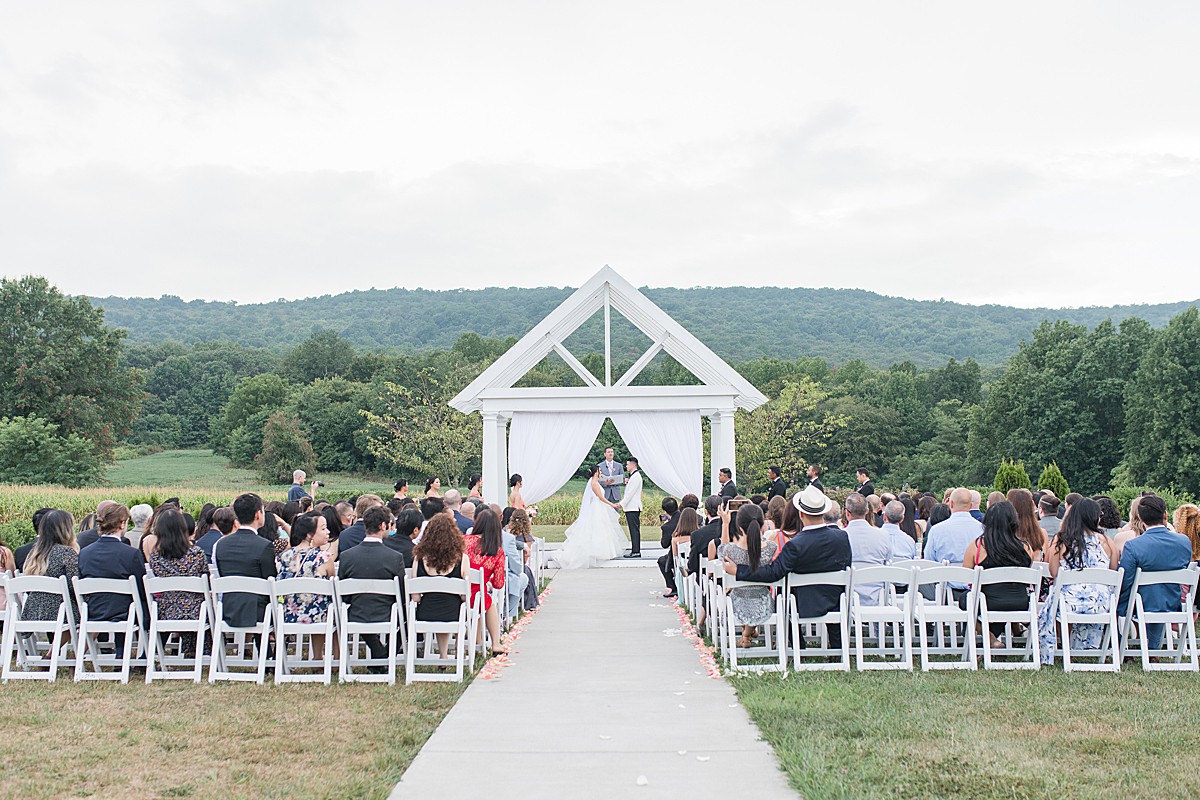
1. Guest arrival time: Determine the time you want guests to start arriving at the ceremony venue. This will help ensure a smooth flow of arrivals and allow guests to settle in before the ceremony begins.
2. Ceremony setup: Factor in the time required for the setup and decoration of the ceremony venue. Coordinate with your venue and any vendors involved to ensure a seamless setup process.
3. Processional and recessional: Plan the processional and recessional, including the order of the bridal party, any flower girls or ring bearers, and the entrance and exit of the bride and groom. Rehearse these moments to ensure everyone knows their cues and timing.
4. Ceremony length: Determine the estimated length of your ceremony, taking into account any readings, rituals, or personalized vows. This will help you allocate the appropriate amount of time in your timeline.
5. Post-ceremony activities: Plan for any post-ceremony activities, such as a receiving line, a bubble exit, or a group photo with all your guests. These moments can be a wonderful way to celebrate with your loved ones immediately after the ceremony.
Cocktail Hour and Reception
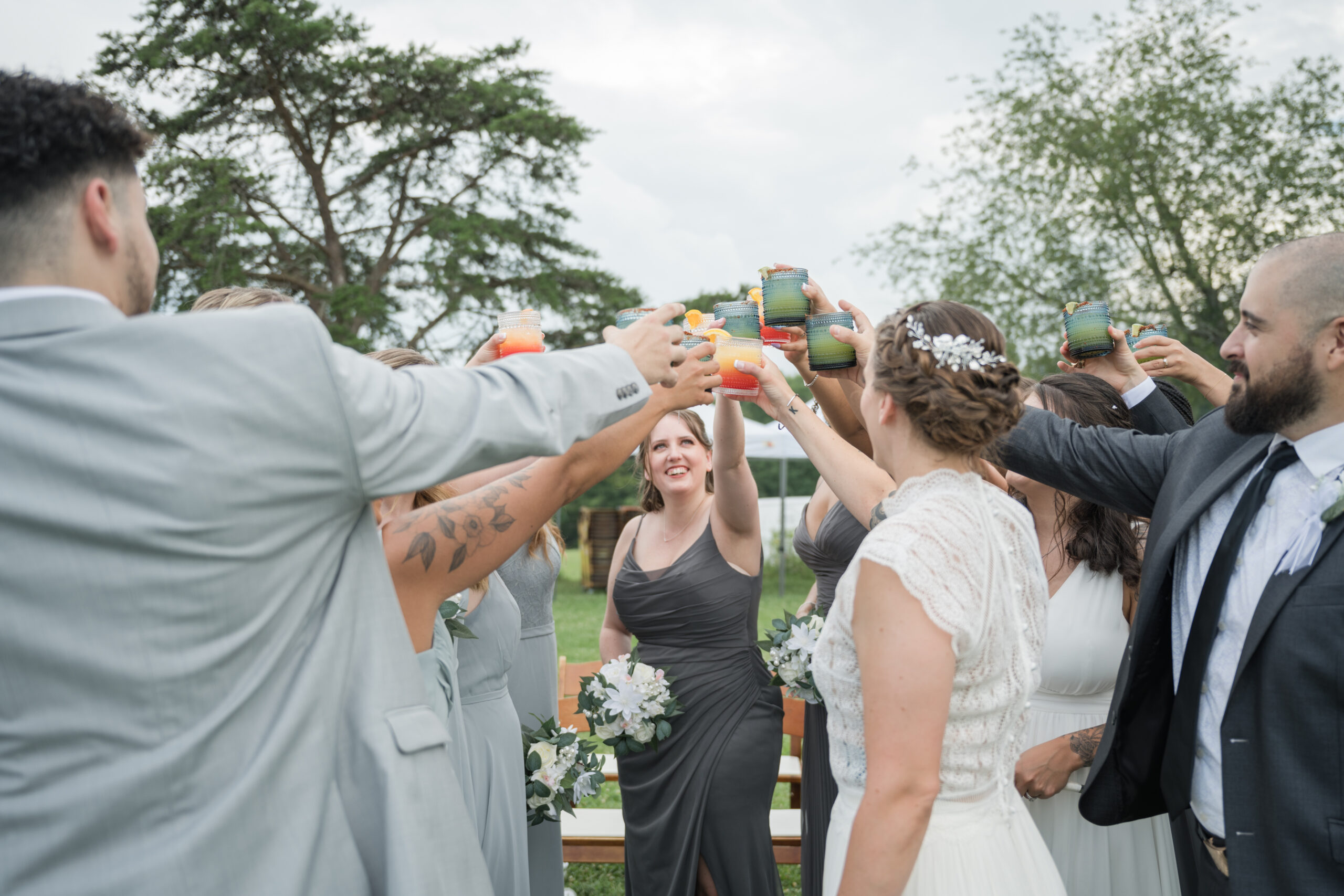
1. Cocktail hour start time: Determine the start time for the cocktail hour, considering factors such as the duration of the ceremony and any travel time required between the ceremony and reception venues.
2. Guest transition: Coordinate the transition of guests from the ceremony venue to the reception venue. Provide clear directions and consider providing transportation if the venues are not in close proximity.
3. Reception setup: Factor in the time required for the setup and decoration of the reception venue. Coordinate with your venue and any vendors involved to ensure a seamless setup process.
4. Entrance and first dance: Plan the entrance of the bridal party and the newlyweds into the reception venue. Coordinate with your DJ or band to ensure a smooth transition and a memorable entrance. Also, schedule your first dance and any other special dances during this time.
5. Dinner and speeches: Allocate time for dinner service and any speeches or toasts that will take place during the reception. Consider the number of guests and the length of your desired speeches to determine the appropriate duration.
6. Dancing and entertainment: Plan for ample time for dancing and entertainment. Coordinate with your DJ or band to create a playlist that caters to your musical preferences and keeps the dance floor lively.
Photography and Videography Considerations
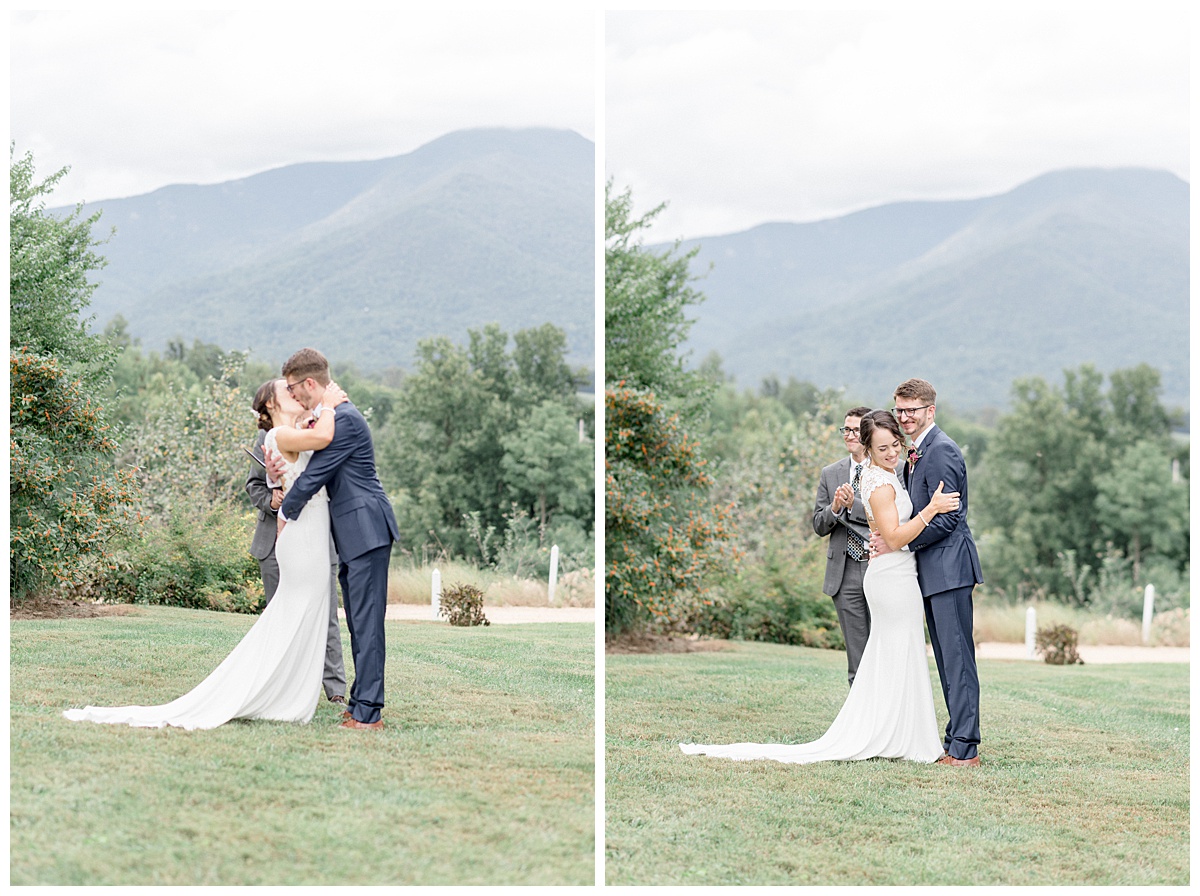
1. Photography timeline: Work closely with your photographer to create a detailed timeline for capturing photos throughout the day. This includes pre-ceremony shots, ceremony moments, and reception highlights. Ensure that all the desired photos are accounted for and that sufficient time is allocated for each segment.
2. Videography coverage: Coordinate with your videographer to determine the coverage you desire. Discuss any specific moments or elements you want to be captured in your wedding film.
3. Golden hour photos: If you’re keen on capturing beautiful golden hour photos, consider the timing and coordinate with your photographer to ensure you have enough time during the reception for these stunning shots.
4. Family and group photos: Plan for dedicated time slots for family and group photos. Provide your photographer with a list of desired combinations to ensure that all important shots are captured.
Tips for Managing a Wedding Timeline Without a First Look
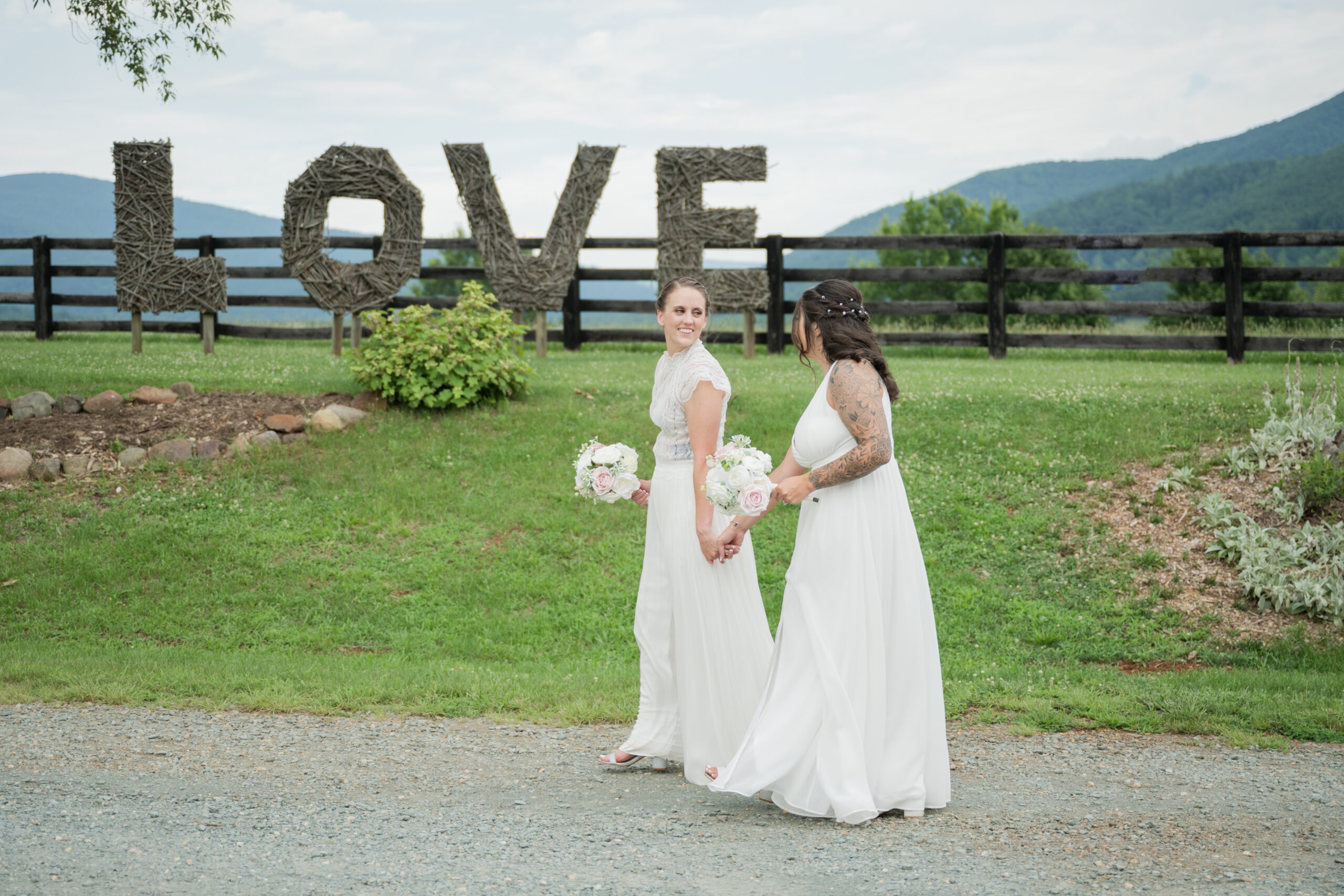
1. Open communication: Maintain open communication with your vendors, bridal party, and immediate family members throughout the planning process. Ensure that everyone is aware of the timeline and any specific requirements to avoid any confusion or delays on the day.
2. Buffer time: Build in buffer time throughout the day to account for any unexpected delays or last-minute adjustments. This will help you stay on track even if things don’t go exactly as planned.
3. Delegate responsibilities: Assign specific tasks to trusted friends or family members to help manage the timeline on the day. This could include tasks such as coordinating transportation, ensuring guests are seated on time, or communicating with vendors.
4. Stay flexible: While it’s important to have a well-crafted timeline, remember to stay flexible and adaptable on the day. Embrace any unexpected moments and enjoy the journey, knowing that you have a solid plan in place.
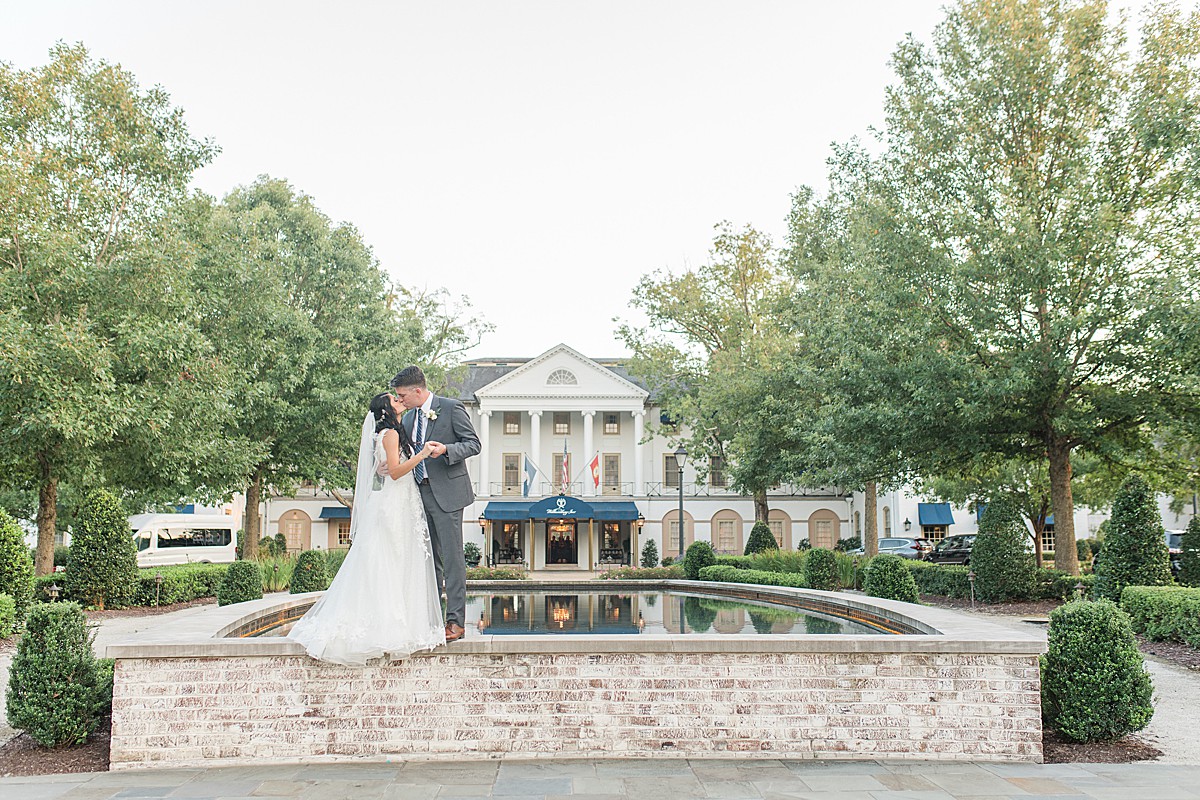
Planning a wedding timeline without a first look requires careful coordination and attention to detail. By considering factors such as getting ready and pre-ceremony activities, ceremony and post-ceremony moments, cocktail hour and reception, and photography and videography considerations, you can create a seamless timeline that ensures a stress-free and memorable day.
Remember, the key to success is open communication, flexibility, and a willingness to adapt as needed. With this step-by-step guide, you’ll be well-equipped to plan a wedding timeline without a first look that allows you to fully enjoy every precious moment of your special day. Happy planning!
KEEP EXPLORING
©Silverbridge & Co 2025
LET'S CONNECT:
Join my Newsletter!
LET'S CONNECT:
Erica Harrison is a Northern Virginia Photographer, living in Charlottesville while photographing wedding and families in Old Town Alexandria, Washington D.C., Fairfax, & Leesburg.